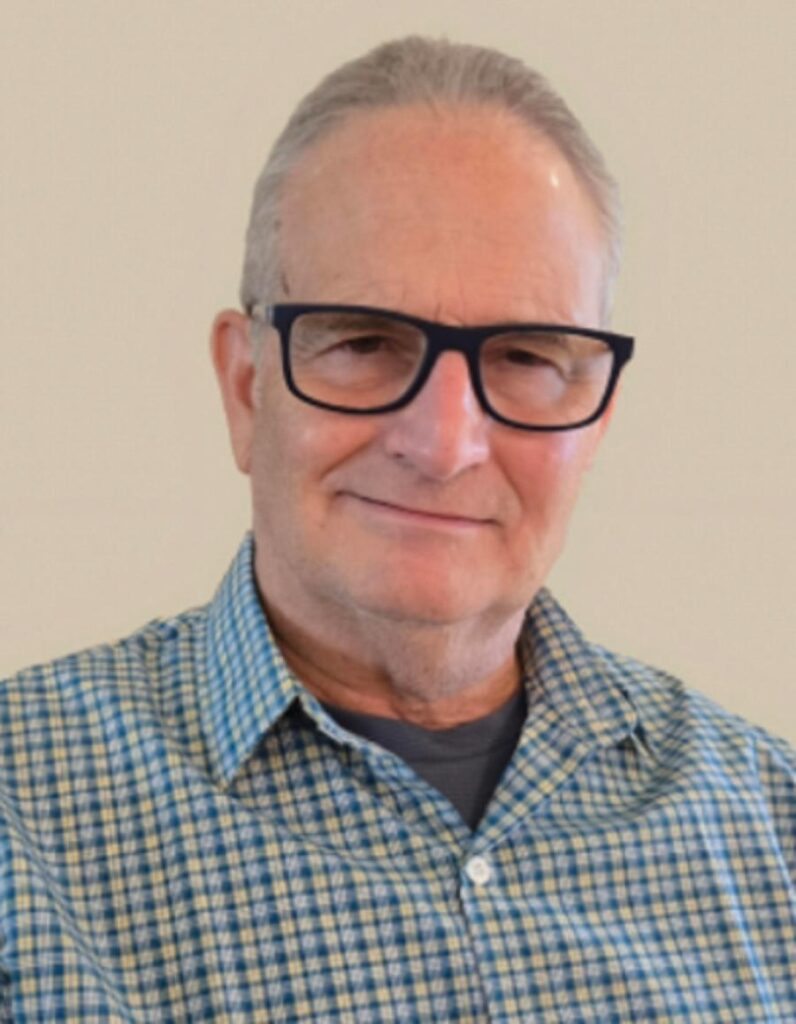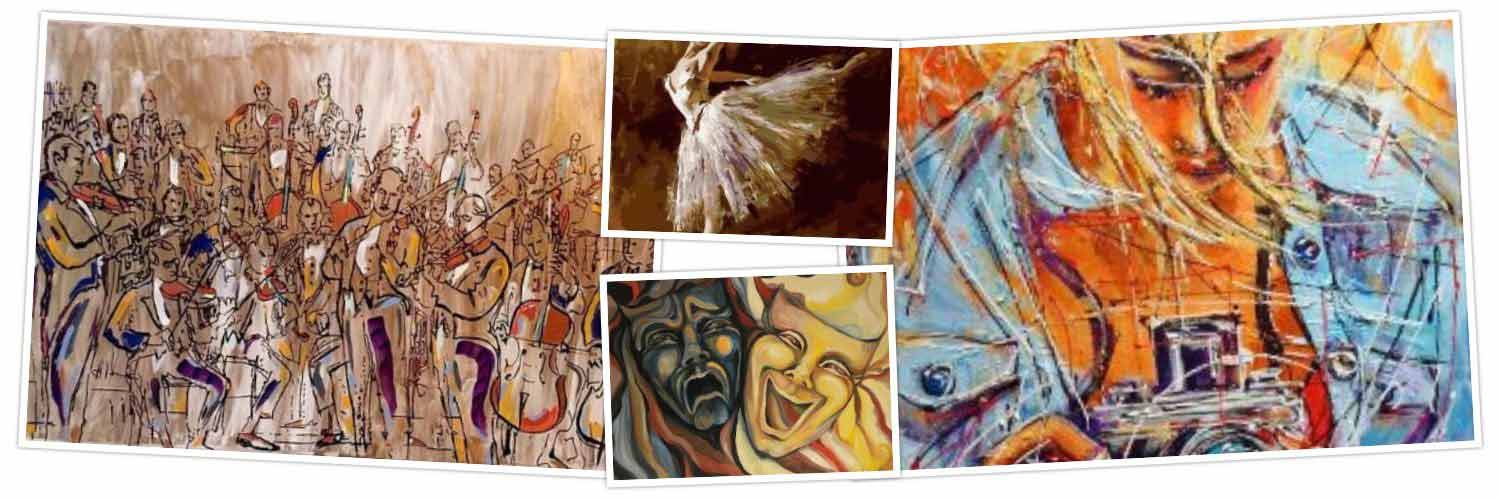Interview with Jim Eskin
Interview with JIM ESKIN, founder of Eskin Fundraising Training
By JASMINA WELLINGHOFF, Editor
Since the majority of arts organizations are non-profits, we thought that a conversation with San Antonio’s non-profit guru, Jim Eskin, would be of interest to our readers. Eskin spent more than three decades in fundraising and public affairs before launching Eskin Fundraising Training, LLC. He presents webinars, podcasts and virtual training sessions to provide the coaching and support non-profits need to compete for and get private gifts. Since 1996, he has published “Stratagems,” a free monthly e-newsletter exploring issues and trends in philanthropy. He is also the author of two books: 10 Simple Fundraising Lessons and “Your First or Next – Million Dollar Gift.”

Why and how did you get into fundraising?
I did not start my career in fundraising but I got there as fast as I could. Initially, I started out in communications and public affairs, and my employer at the time got me to San Antonio. It was a huge dairy cooperative that was head-quartered in San Antonio. Associated Milk Producers was its name. I handled their public relations and supported their government relations which I enjoyed a lot.
They eventually moved out of San Antonio but by that time I had really fallen in love with a lot of community projects. I was lucky that a mentor said to me, “Check out the development field.” I did not even know what “development” was. That was in 1997 when I began my development career.
How do you define “development”?
It’s the nurturing of a relationship and friendship with a potential donor.
Where did you work in development?
Between 1997 and 2018 I worked for three different institutions: the first one was UTSA. I was the development officer for the College of Business; I spent five years there. Then I got promoted and got the position of vice-president at Our Lady of the Lake University. That was a 4-year private school. After that, in 2009, I became the executive director of the Alamo College’s Foundation, which is a two-year public school. I am a huge, huge fan of community colleges but they are underappreciated.
Describe your approach to donors.
What we really want in fundraising is friendship, to get to know a person, to break the ice. Have you heard about the six degrees of separation? The idea is that everyone on the planet is separated from anyone else by six degrees of separation. They say, that in San Antonio, it’s more like two degrees of separation between any two individuals. (meaning that a connection can be made quickly) So you want to work with your board, your administration and present donors to expand your network of supporters.
If you feel that a certain company may be open to collaboration, how do you break the ice?
I use again the connector. Somewhere in your universe, there’s probably someone who works at the company you want to approach; maybe an alumnus of the school you both attended or there’s another connection. The difference between development and fundraising is the time you spend developing relationships. In development you have to commit more time to forge a personal – and emotional – bond between yourself and the organization you are approaching for a donation. For access to people who make those decisions, you start with your current network – your board of trustees, your colleagues, your friends.
Please give examples of your proudest achievements.
I have had the privilege of growing friendships with leading philanthropists in our region resulting in benchmark gifts for scholarships and academic excellence at three higher education
institutions. During my career, I was struck by how many business and community leaders who are virtually fearless in many ways, were scared of asking for gifts for favorite causes. I have worked with professional and volunteer non-profit leaders to empower them to overcome the fear of fundraising and more robustly develop the resources needed to champion their noble missions.
Is the number of donors nation-wide increasing or decreasing?
There have been two trends. Total giving has been steadily climbing while the share of households donating has been declining. That means more and more gifts are coming from fewer and fewer sources.
Is there a difference between men and women donors?
Women tend to be the more generous gender.
How about differences between individuals, businesses or foundations?
Since the 1950s, individuals have consistently accounted for two-thirds of total private giving. When you factor in dollars from wills and bequests, and family foundations, this share approaches 90 percent.
Is it tough to be a fundraiser in San Antonio?
While San Antonio has fewer high-wealth individuals and huge corporations, but there’s a profound sense of caring and sharing with each other
.What lies ahead for you?
I have no interest in retiring or even slowing down. Only God can retire me. My personal mission statement is: Do as much good as I can for as long as I can.
———————————————————————————————————

Although I don’t do development, I really enjoyed this article and learning more about what exactly “development” entails. I have heard of Jim Eskin for years and now feel a know a lot more about him. Well done!
Although I don’t do development, I really enjoyed this Q-and-A and learned more about what exactly development entails. I have known of Jim Eskin for years, so this was a nice opportunity to understand what he does. Well done.